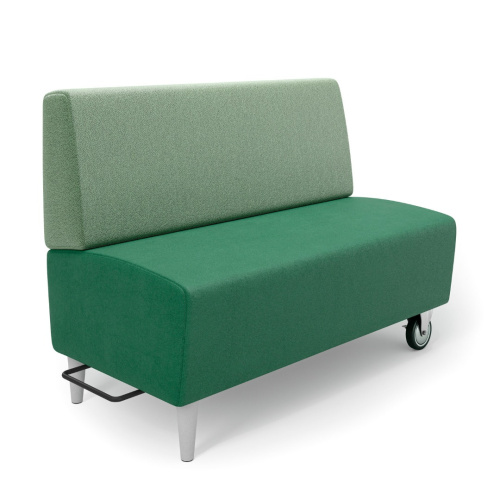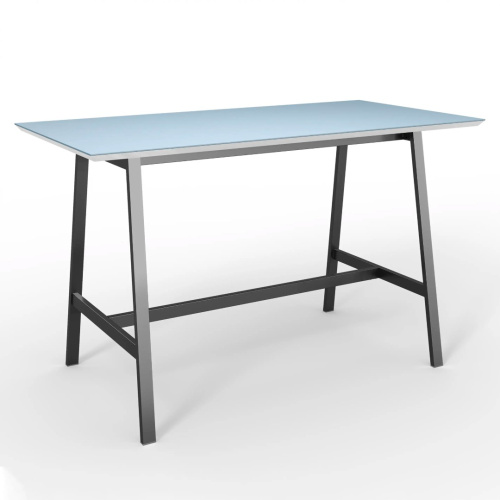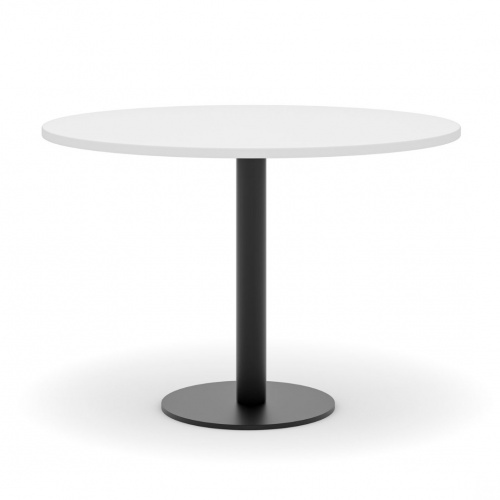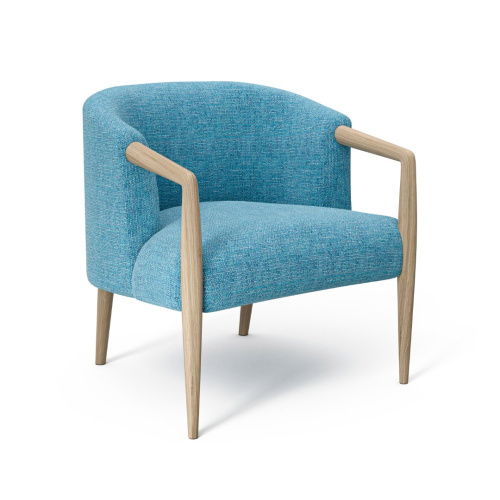Office Trends 2023:
Embracing Innovation & Empowering Change
Over the last several years, US office environments have experienced a profound transformation. In order to fully grasp and appreciate the extent of this metamorphosis from the traditional office environment of the 20-teens to the drastic, widespread work-from-home necessity of 2020 to the recent resurgence of the in-office landscape, it is imperative to take stock of our collective successes and challenges. Understanding what has worked, and what hasn’t, will enable us to better prepare ourselves for the changes, in terms of both obstacles and opportunities, that lie ahead. Here are some of the trends that seem to be here to stay, and a few that may be waning in popularity.
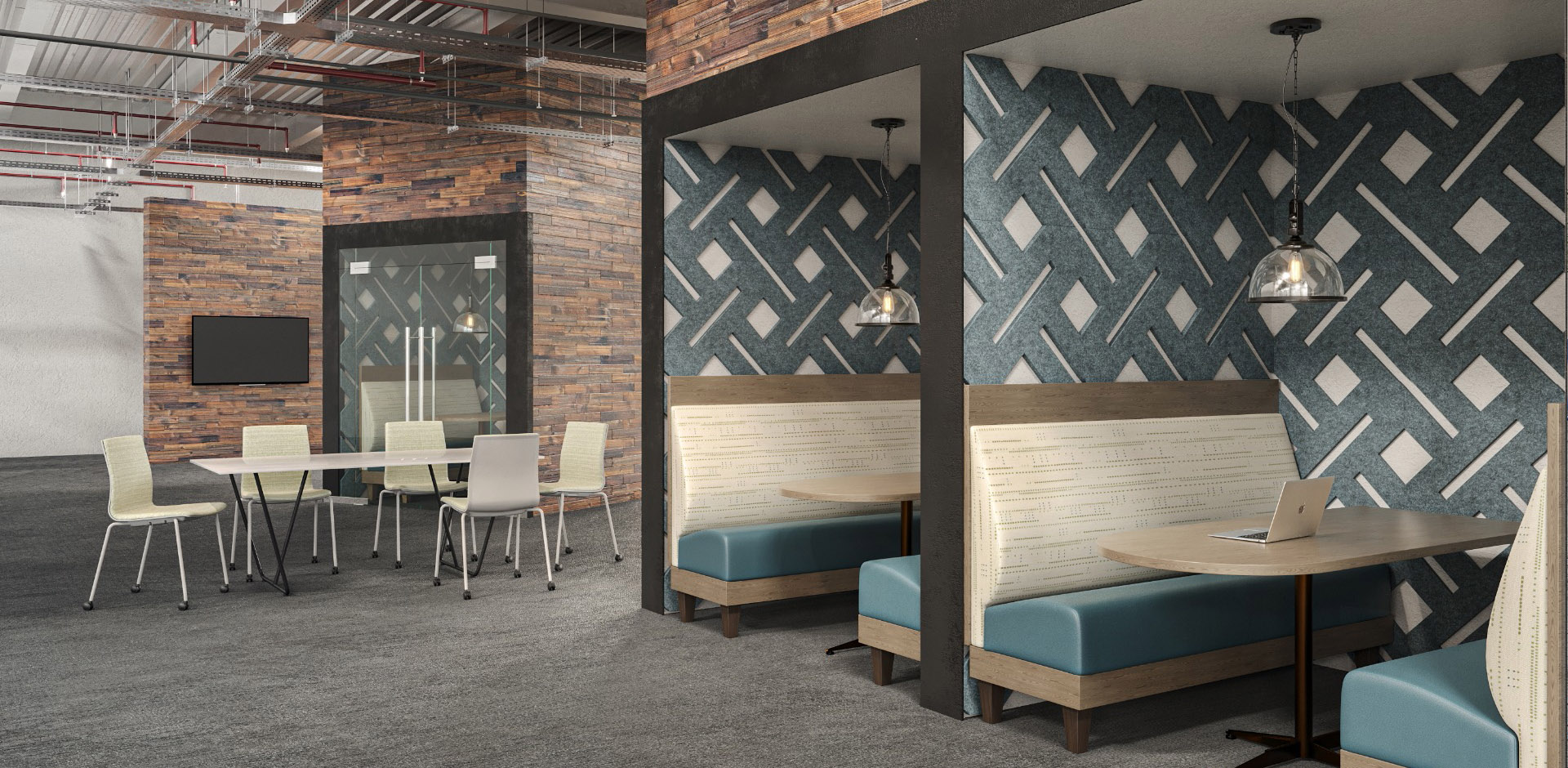
Hybrid Work Model
The hybrid/remote work model is one of the most prominent changes in recent years. Shifting from a time when Americans spent an average of 54 minutes commuting via car, bus, or train to work in an office environment for 8-10 hours each day, to our current climate where many employees are able to split their time between working remotely and returning to the office, has been groundbreaking. A Stanford University study estimates that 70% of offices, from small to large, plan to maintain some form of hybrid work arrangement. This new opportunity offers profound flexibility for a great percentage of the workforce. What was initiated from the necessities of the 2020 pandemic has grown to become commonplace, allowing employees to choose when and where they work based on their preferences and job requirements. The hybrid office trend affords workers the best of both worlds; the comfort and convenience of working remotely as well as the opportunity to return to the office and connect with coworkers. Hybrid work schedules typically lead to a stronger, more satisfied work-life balance, and are expected to continue.
Remote Work Infrastructure
Along with the rapid adoption of the hybrid/remote work model, we’ve seen an expansion of the remote work technology infrastructure. Companies have invested heavily in improved communication tools, project management software, and sophisticated cybersecurity measures in order to stay connected and collaborate safely and effectively. This may include video conferencing platforms for virtual meetings, instant messaging applications for quick, real-time communication, more advanced project management tools to keep teams organized and ensure smooth workflow, and more secure and encrypted connections between remote workers and their company's internal network. More growth is expected and definitely here to stay.
Prioritizing Mental & Physical Health
Another significant trend expected to continue is the emphasis on employee well-being, both mind and body. Companies recognized the importance of overall employee health and started offering physical wellness programs, mental health support, and work-life balance opportunities to enhance productivity and improve job satisfaction. Many employers are implementing various initiatives to promote physical well-being, such as providing in-house gym facilities or discounts for joining gym facilities, encouraging walking meetings, daycare for working parents, and offering ergonomic workstations, to name a few.
Continuing Education
Many companies are providing continuing education in the employees’ dedicated field or even encouraging a change of departments. This promotes professional growth, and expertise, and helps prevent burnout. Providing opportunities for continued learning and growth has been shown to improve employee mental health and overall job satisfaction. Employers are investing in training and development programs to support their employees' career aspirations and are rewarding employees' efforts and achievements.
Going Green
A focus on sustainability and green practices has also been gaining greater prominence and traction in corporate America. Offices, corporations, and manufacturing companies have adopted more sustainable practices and eco-friendly initiatives to reduce their carbon footprint. From sustainable supply chains to green innovations like solar panels and biophilic design choices, to eco-friendly employee initiatives, the Corporate Social Responsibility (CSR) trend seems to be an unstoppable and significant upward trajectory.
Not all office trends are gaining traction. Due to the changing work culture, many of the advancements in technology mentioned above, and a general shift in goals and priorities, many previously accepted office norms are trending down.
Formal Work Environments
Gone are the days of strict, stuffy dress codes and large organized board meetings - for the most part. Certain industries (finance, law, etc.) may still rely on formalities of days gone by, but for the majority of corporate America, casual dress and remote work meetings have become commonplace. ‘Casual Fridays’ have become acceptable dailyware, even for in-office workers. Employees may feel more motivated to come to work and be part of a team that values their comfort and individuality. Many companies feel this shift away from business attire signifies flexibility & inclusion and promotes individuality & worker comfort.
Single Purpose Work Stations
With the rise of hybrid & remote workers, the need for individual, dedicated workstations and offices has reduced. Many companies have seen cost savings by the ability to downsize their physical office space due to fewer employees in the office on a daily basis. Fixed cubicles have given way to flexible, collaborative work environments, fostering maximum employee engagement, along with designated ‘quiet zones’ for individual concentration. Technology changes such as fewer desktop computers and more portable, versatile devices like laptops and tablets further support this shift. Employees are able to be just as productive working from community innovation hubs such as lobbies and company dining/cafes as from private workstations - sometimes even more so, as they’re able to more readily collaborate with coworkers.
Hierarchical Office Structures
Many traditional hierarchical office structures are being replaced by flatter, more linear organizational models, promoting a more collaborative and inclusive work culture, akin to the Google model. Though the opinions are mixed, this is believed to allow organizations to respond more quickly and with improved efficiency and is often more in line with what Generation Y workers are seeking. Flatter structures allow more junior workers access to senior managers without layers of hierarchical layers of red tape, fostering more leveled decision-making power and enabling employees to take greater ownership of their roles. A flatter, more collaborative structure reduces traditional managerial bottlenecks and allows for a more evenly distributed flow of information and responsibilities. This is not an easy trend to adopt and must be done with much thought and planning. Continuous adjustments are necessary to ensure the needs of the organization as well as the individual are being met.
There is clearly no single format or path that works perfectly for all work environments. The important takeaway is for organizations to remain nimble, educated, and willing to pivot within the constraints of their individual business needs. Those that embrace opportunities and are willing and prepared to effect change will likely see the greatest success.


